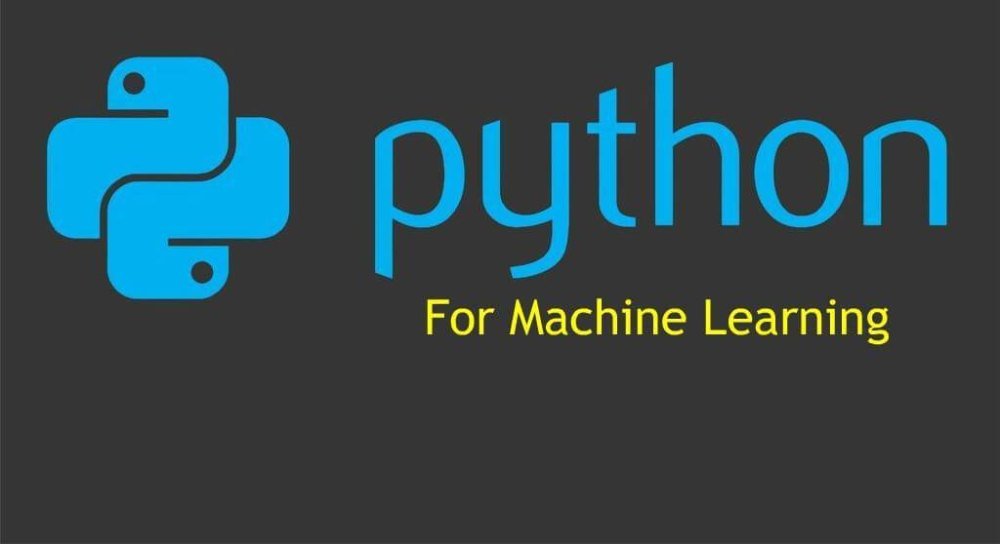Python for Machine Learning: Latest Techniques and Libraries in 2023
In today’s fast-paced digital era, machine learning has emerged as a revolutionary technology, transforming various industries. Python, with its user-friendly syntax and rich libraries, has become the top choice for machine learning enthusiasts and professionals alike. This article delves into the cutting-edge techniques and libraries in Python for machine learning, providing an all-encompassing overview of the advancements made in 2023.
Introduction to Machine Learning
Machine learning is a dynamic field that revolves around developing algorithms and models capable of learning from data and making predictions or decisions without explicit programming. It encompasses a wide array of techniques, including supervised learning, unsupervised learning, reinforcement learning, and deep learning.
Python as the Preferred Language for Machine Learning
Python’s soaring popularity in the machine learning community can be attributed to its simplicity, versatility, and robust ecosystem. Its readable syntax makes it an ideal choice for both beginners and experts. Moreover, This offers an extensive collection of libraries tailored explicitly for learning tasks, making it a go-to language for implementing and experimenting with various algorithms.
Exploring the Latest Machine Learning Techniques
Reinforcement Learning
Reinforcement learning, a fascinating technique, enables an agent to learn optimal behavior by interacting with its environment. It finds applications in diverse fields such as robotics, gaming, and autonomous systems. Python provides several powerful libraries like OpenAI Gym and Stable Baselines that facilitate the implementation of reinforcement learning algorithms.
Generative Adversarial Networks (GANs)
GANs, a remarkable class of deep learning models, consist of a generator and a discriminator. The generator aims to produce synthetic data that closely resembles real data, while the discriminator attempts to differentiate between real and fake data. GANs have garnered immense attention for their ability to generate realistic images, videos, and even text. Python libraries like TensorFlow and PyTorch offer extensive support for GANs.
Transfer Learning
Transfer learning allows leveraging a pre-trained model as a starting point for a new task. This technique enables the transfer of knowledge gained from one domain to another, significantly reducing training time and resource requirements. Python libraries such as TensorFlow and PyTorch provide pre-trained models and tools for effective implementation of transfer learning.
Explainable AI
Explainable AI focuses on creating machine learning models that can provide transparent explanations for their predictions or decisions. This becomes particularly crucial in domains where interpretability and accountability are paramount, such as healthcare and finance. Python libraries like LIME and SHAP offer methods to interpret and explain machine learning models.
Advanced Python Libraries for Machine Learning
TensorFlow
TensorFlow, a widely popular open-source library, plays a significant role in machine learning and deep learning. It offers a flexible ecosystem for building and deploying machine learning models, including support for neural networks, natural language processing, and computer vision tasks.
PyTorch
PyTorch, another extensively used open-source library, excels in deep learning applications. Its dynamic computational graphs simplify debugging and experimentation with different architectures. PyTorch has gained immense popularity in both research and industry due to its ease of use and efficient GPU utilization.
scikit-learn
scikit-learn, a versatile machine learning library, provides an extensive range of algorithms and tools for data preprocessing, feature extraction, model selection, and evaluation. Known for its user-friendly interface and comprehensive documentation, scikit-learn remains a popular choice among machine learning practitioners.
Keras
Keras, a high-level neural networks library built on top of TensorFlow, streamlines the process of building and training deep learning models. It allows users to focus on the architecture and experimentation rather than getting bogged down in implementation details. Keras has garnered widespread adoption due to its simplicity and flexibility.
XGBoost
XGBoost, an optimized gradient boosting library, boasts high efficiency and scalability. It is particularly useful for solving supervised learning problems and has achieved remarkable success in various machine learning competitions. Its speed and performance make XGBoost an invaluable addition to any machine learning project.
Implementing Machine Learning Algorithms in Python
Implementing machine learning algorithms in Python requires a systematic approach. This involves data preprocessing, selecting an appropriate algorithm, training the model, evaluating its performance, and fine-tuning the parameters. Python libraries like scikit-learn offer comprehensive functionality for each step of the process, empowering users to build robust and accurate models.
The Future of Machine Learning in Python
As the field of machine learning continues to evolve, Python is expected to remain at the forefront due to its versatility and strong community support. Advancements in deep learning, and reinforcement learning, and explainable AI will pave the way for further innovation. Additionally, with the increasing availability of powerful hardware and cloud computing resources, Python-based machine learning applications will become even more accessible and scalable.
Conclusion
Python has firmly established itself as the leading programming language for machine learning, offering a vast array of libraries and tools to facilitate the development of powerful models. In this article, we delved into the latest techniques and libraries in Python for machine learning in 2023. From reinforcement learning and GANs to transfer and explainable AI, and also provides a rich ecosystem to explore and implement cutting-edge machine learning algorithms.
FAQs
Q1: How can I get started with machine learning in Python?
To embark on your machine learning journey with Python, start by learning the basics of Python programming and familiarize yourself with popular learning libraries like scikit-learn and TensorFlow. Numerous online tutorials, courses, and resources are available to help you grasp machine learning concepts and techniques.
Q2: Are there any prerequisites for learning machine learning in Python?
While no specific prerequisites are mandatory, having a solid foundation in programming and mathematics can be advantageous when diving into machine learning with Python. Familiarity with concepts such as linear algebra, calculus, and statistics will deepen your understanding of underlying machine learning principles.
Q3: Which Python library is best for deep learning?
For deep learning, two major contenders are TensorFlow and PyTorch. Both offer extensive functionality and support for building and training deep neural networks. The choice between the two often depends on personal preferences and project requirements.
Q4: Can I use Python for natural language processing (NLP) tasks?
Absolutely! Python is widely used for natural language processing tasks. Libraries such as NLTK (Natural Language Toolkit) and spaCy provide an array of tools and resources for tasks such as tokenization, named entity recognition, and sentiment analysis.
Q5: How can I stay updated with the latest advancements in Python for machine learning?
To stay abreast of the latest advancements in Python for machine learning, follow relevant blogs, forums, and online communities. Subscribing to newsletters and attending conferences or meetups can also provide valuable insights and networking opportunities.





